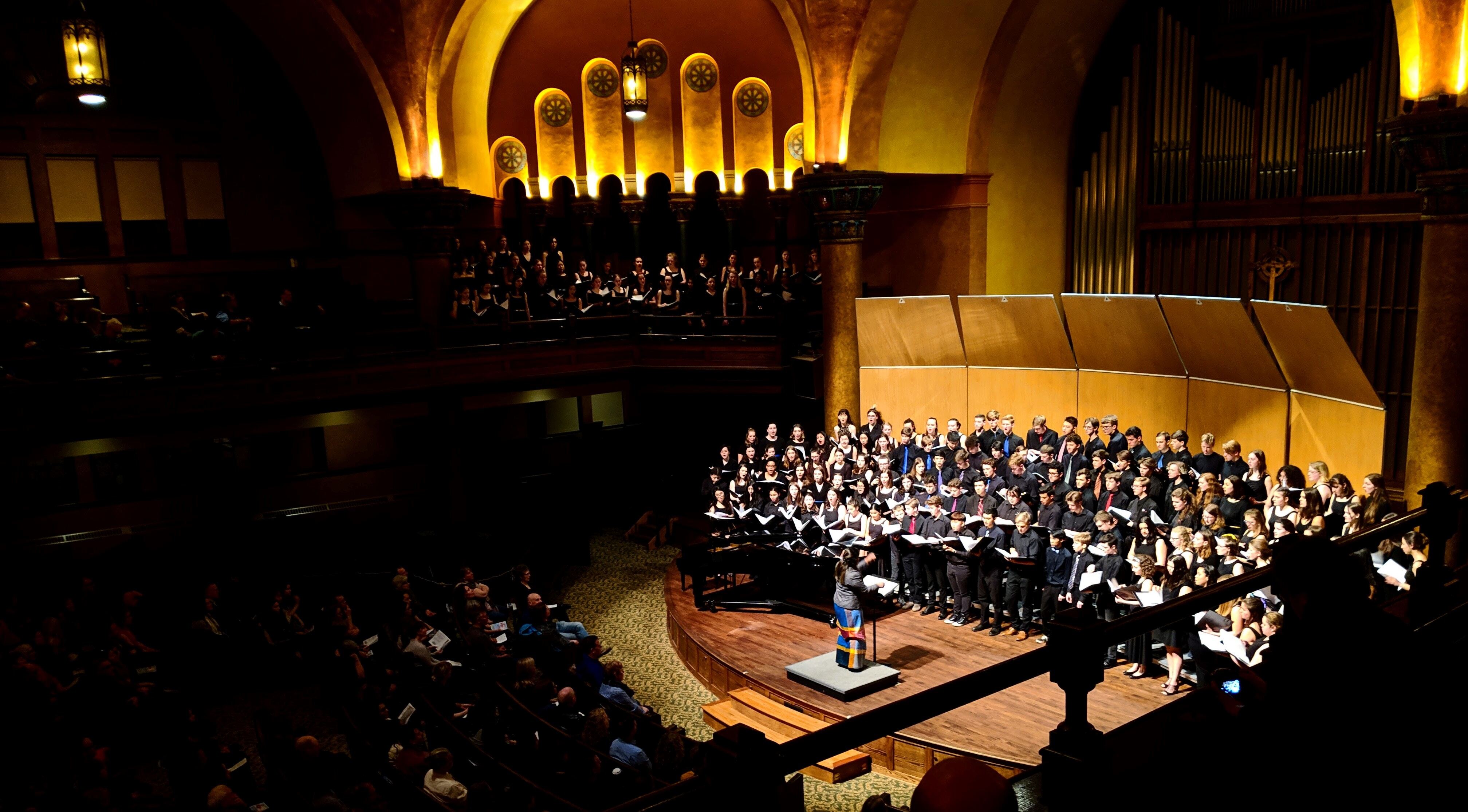The History of Music Publishing: From Sheet Music to Spotify
Although most independent artists are only just discovering Music Publishing, the collection of compositional royalties has been around for centuries.
How we listen to, own and distribute music has changed dramatically over the decades. With streaming becoming the number one way to listen to our music, the music industry has had to make some changes. This was to make sure that everyone had access to all the royalties that were available to them when physical media was more prominent.
Music Distribution and the collection of Sound Recording Royalties transitioned to streaming smoothly, however Music Publishing is much more complicated because a compositional royalty can attach itself to multiple sound recordings.
When did Music Publishing begin?
Music Publishing is technically the oldest form of Music Royalty as it dates back way before sound recording was even invented. Working in a similar way to book publishing, music publishing referred to the sale of sheet music.
The earliest record of commercial music printing is from the mid-15th century with the printing of Liturgical Chants in an early form of European music notation.
Image credit: Library of Congress
Music notation became the only way for people to access music outside the original composer playing it themselves. This meant songs could become popular outside of where they were performed and also allows us to be able to recreate these songs in the modern day.
The introduction of Copyright and Licensing
The Licensing Act of 1662 in England required the printer of every book to print on it a certificate of the licensor. We just know that it became more common for authors and composers’ names to appear on their work – however there is no longer any record on whether authors were actually paid for their work.
In the United States, protecting the copyright of music initially was not a priority. In 1789 when the first congress of the US passed the first federal copyright law, music was not included. It was expanded to include music composition in 1831 but only the reproduction right for printed music was protected.
The start of copyright on music specifically began in Germany due to the success of the composers including Beethoven, Haydn and Mozart.
Sound Recording and the Twentieth Century
With the creation of Sound Recording came a new era of Music Publishing. Now that composition could now be attached to a sound recording and sheet music – things got a bit more complicated.
The Publishing Royalty Types:
- Mechanical Royalties – Originally referring to the reproduction of existing songs on piano rolls, they began to encompass all physical compositions in 1911 with the passing of stricter copyright laws.
- Performance Royalties – In 1914 PRS (UK) and ASCAP (US) were founded to collect composition royalties on live performance and radio plays.
- Synchronisation Royalties – With the Golden Age of Hollywood and the advent of sound with film in the 1920s came publishers looking for deals with film developers and their artists music.
Music streaming and the difficulties of modern publishing
Music Publishing has struggled to catch up with streaming, as it can be quite complex. As composition can attach itself to covers, arrangements and different versions of songs – tracking when all of these are played around the world is still an issue today.
The MLC was established under the Music Modernization Act of 2018 to make sure that mechanical royalties on music streaming were being collected in the US.
ICE was developed in 2010 based on an initiative by the Performance Rights Organisations PRS and STIM which combined their joint copyright database to help track when compositions are played throughout Europe. Since then, multiple PROs have added their databases and now exceeds 50 million musical works.
Music Publishing also used to only be available to larger artists on big labels. With Music Distributors (like RouteNote) now becoming Publishing Administrators, these royalties can now be accessed by any independent artist that writes their own music.
How will RouteNote Publishing leave its mark?
At RouteNote, our main goal is to empower independent artists. We aim to provide a free publishing service that collects worldwide publishing royalties, and does it as well as the leading publishers.
We also pride ourselves in doing it all in house. This means no white labels or sub-publishers taking a cut of your royalties.
Our team is constantly growing and we are always improving our services to make sure all our artists are receiving their well earned royalties – no matter how big or small they are.
